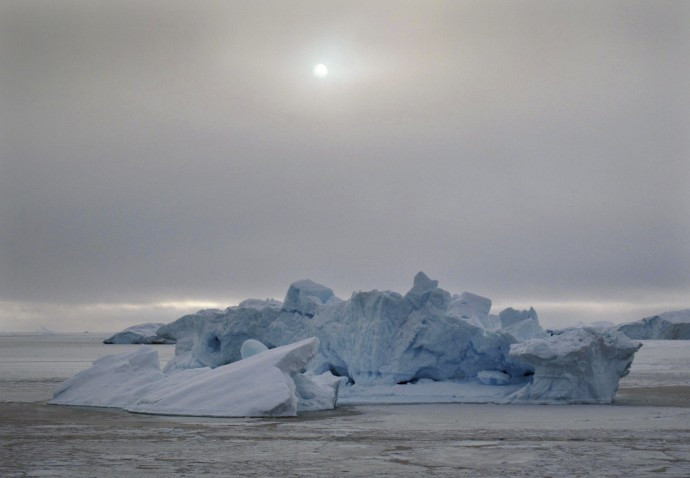Soil Frozen For 2.7 Million Years Shows 'Greenland Was Green'

Soil frozen for 2.7 million years beneath the Greenland ice sheet has provided clues about its history.
Frozen in time, the soil beneath an ancient tundra has been uncovered and tested, with scientists discovering that "Greenland really was green" at one point.
The tundra was discovered in 2013 and has been explored by scientists from the University of Vermont, who believe that the ice sheet is much older than previously thought, having endured previous periods of global warming.
Published in the journal Science, the researchers said they were surprised to find the landscape below preserved two miles of ice. "We found organic soil that has been frozen to the bottom of the ice sheet for 2.7 million years," research Paul Bierman said.
Study co-author Dylan Rood, from the Scottish Universities Environmental Research Centre and the University of California, Santa Barbara, added: "The ancient soil under the Greenland ice sheet helps to unravel an important mystery surrounding climate change. How did big ice sheets melt and grow in response to changes in temperature?"
Findings suggest that even during the warmest periods of history, the ice sheet at the centre of Greenland remained frozen, meaning the land has stayed hidden and unchanged for millions of years.

"[It's] a refrigerator that's preserved this antique landscape," Bierman said.
Scientists take huge interest in the stability of the Greenland ice sheet as it will fundamentally influence sea level rises resulting from manmade climate change. Instead of eroding the land beneath, the sheet has been frozen to the ground, the authors said.
The scientists tested 17 ice samples from the lowest 40ft of the ice core extracted from the glacier in 1993. From the sediment, the researchers extracted a rare form of the element beryllium.
This element is formed by cosmic rays and falls from the sky and becomes stuck to soil and rock. The longer the soil is exposed, the more beryllium-10 it accumulates, meaning it acts as a geological clock.
At first the team was only expecting to find eroded soil, they wrote: "We thought we were going looking for a needle in haystack. It turned out that we found an elephant in a haystack."
The beryllium concentrations could only have been found in soils that have developed over hundreds of thousands of years, if not millions: "The soil had been stable and exposed at the surface for somewhere between 200,000 and one million years before being covered by ice," said Ben Crosby, a member of the research team from Idaho State University.
Rood added: "Greenland really was green! However, it was millions of years ago. Greenland looked like the green Alaskan tundra, before it was covered by the second largest body of ice on Earth."
© Copyright IBTimes 2025. All rights reserved.






















